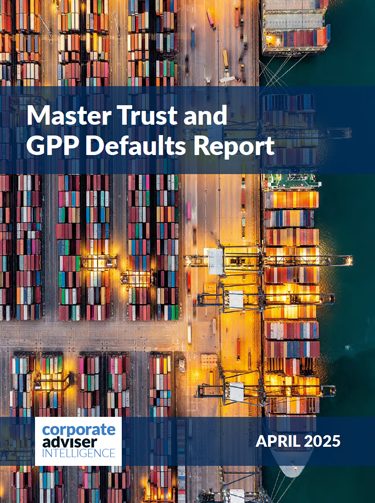There is widespread support for giving trustees enhanced powers to determine whether, and on what terms surplus funds can be paid to employers.
In a recent survey of both trustees and sponsoring employers — run by law firm Sackers — more than half were in favour of trustees having this flexibility.
In February 2024, the Department for Work and Pensions (DWP) launched a consultation to gather views on proposals to simplify payments from defined benefit scheme surpluses to both sponsors and members.
In January this year, the Chancellor then announced plans to amend legislation to allow greater flexibility in how surpluses from these schemes can be used, as part of broader efforts to stimulate UK economic growth.
The government’s response to last year’s consultation is therefore expected imminently and is anticipated to bring greater clarity.
Sackers partner, Lucy Dunbar says: “Our survey asked attendees for their views on the government’s proposed flexibilities – and it’s important not to underestimate the financial scale of what’s being discussed. According to Pensions Regulator estimates as at the end of 2024, 76 per cent of DB schemes are currently in surplus on a low-dependency basis (no reliance on the employer), with over 50 per cent in surplus on a buy-out basis. Furthermore, the government’s January announcement suggested that surplus is worth around £160bn. That’s a significant sum.
“Our survey revealed surplus is largely being used to improve scheme security – around 29 per cent being allocated to risk mitigation, with 23 per cent covering scheme expenses. Only 2 per cent is currently being paid to employers, with the remainder used for a mixture of purposes, including contribution holidays. The survey also found that 33 per cent of respondents believe a more permissive surplus regime would influence their scheme’s endgame strategy – a potentially powerful lever for supporting the government’s growth agenda.”
Dunbar adds; “Allowing more flexibility could unlock significant capital for the UK economy. But this is a nuanced issue: on one hand, there’s the potential to return funds to employers; on the other, to enhance member benefits. Both options are under consideration, and it will be interesting to see how the final legislation balances these priorities.
“We also understand that stringent funding safeguards will be introduced, though the details remain unclear. Trustees have been promised a ‘suite of options’, but critical questions remain unanswered: What new options will be introduced? Will they be mandatory? Or will discretion remain, as now, subject to individual scheme rules? The industry is eagerly awaiting confirmation.”





